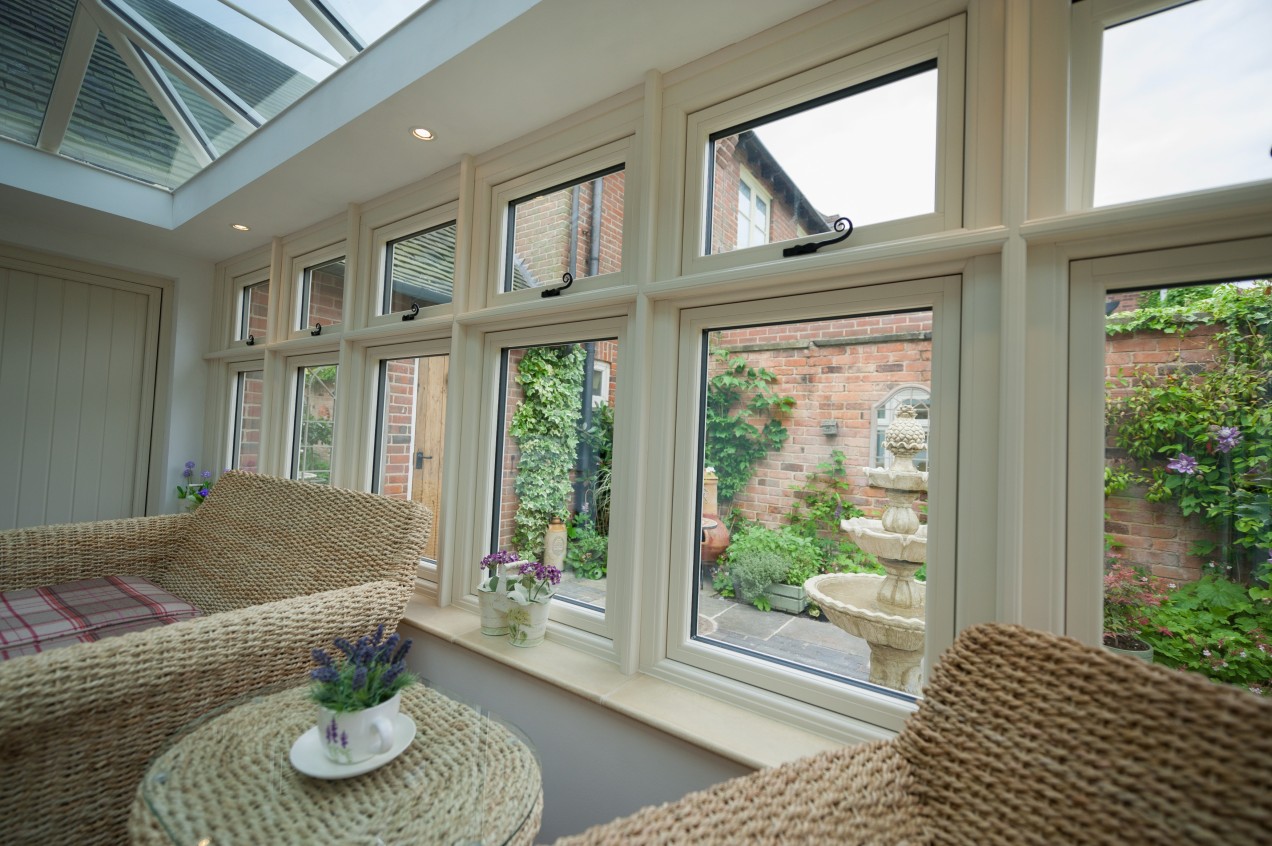uPVC in Conservation Areas
Wednesday, 17 January 2018
uPVC in Conservation Areas
In the Southwest many of our properties are built in conservation areas and as a result we want our home to retain the authentic looks that go with it.
For a long time that meant PVC windows and doors had no chance of being used despite their low maintenance and fantastic u-value performances.
Sliding sash & flush casement windows are quintessentially British; they’ve been an important part of our architectural heritage from the late 17th century right through to the early 20th.
The Heritage Vertical Sliding Sash window has slim sight lines, mechanical joints and run through horns.
However, original windows can be unsecure, draughty and cold and - unless properly maintained throughout their lifetime - often found in a state of disrepair. As a result, many original windows have been replaced, often with inappropriate low-cost casements.
Fortunately, measures have been introduced to stop this process. Sensitive and important buildings are granted Listed status, which prevents any changes being made to the fabric or appearance of the building. More commonly, areas of architectural or historic interest are designated as conservation areas in order to preserve their character and appearance.
Residence 9 Flush casement windows are mechanically jointed, available in numerous woodgrain foils and come with traditional monkey tail furniture.
Historically uPVC has not been allowed in conservation areas, as modern windows couldn’t replicate the traditional window features that contribute to an area’s character. However improvements in technology and design have allowed us to offer a range of fully authentic uPVC sash and flush windows that have earned their place as a viable alternative to timber.
For more information please get in touch.